The winner of this year’s Mundy Award for Engineering is Matthew Becker, chief engineer – vehicle attribute engineering, at Aston Martin Lagonda Ltd. That’s the formal introduction for a man who talks about cars with the sort of casual ease and disarming honesty that sometimes puts public relations people on edge.
It would undersell Becker’s influence to say he has been presented with the Mundy Award only for his work on the new DBX, Aston’s first sports utility vehicle. But there’s no denying that the excellent new 4x4 has broadened Aston’s range like never before, in a fashion that most of the company’s rivals have found crucial to turning a profit. And it’s Becker’s talent and experience that are at the heart of the car.
The challenge, for a company of Aston’s size and which isn’t part of a wider automotive manufacturing group, shouldn’t be underestimated.
“I think any company that thinks doing an SUV is easy is wrong,” Becker tells me, while seated across a table in a meeting room at Aston Martin’s development works beside Silverstone’s Stowe circuit. “When we started on that project, I had worked on SUVs,” he says, “but pretty rudimentary passive ones; easy compared with this thing.”
Prior to joining Aston Martin in 2015, Becker had worked at Lotus, both on its own road cars and in the engineering division, where he helped develop cars he can’t tell us about. Until moving to the Midlands, he’d been at Lotus for his entire career – and what seemed like longer.
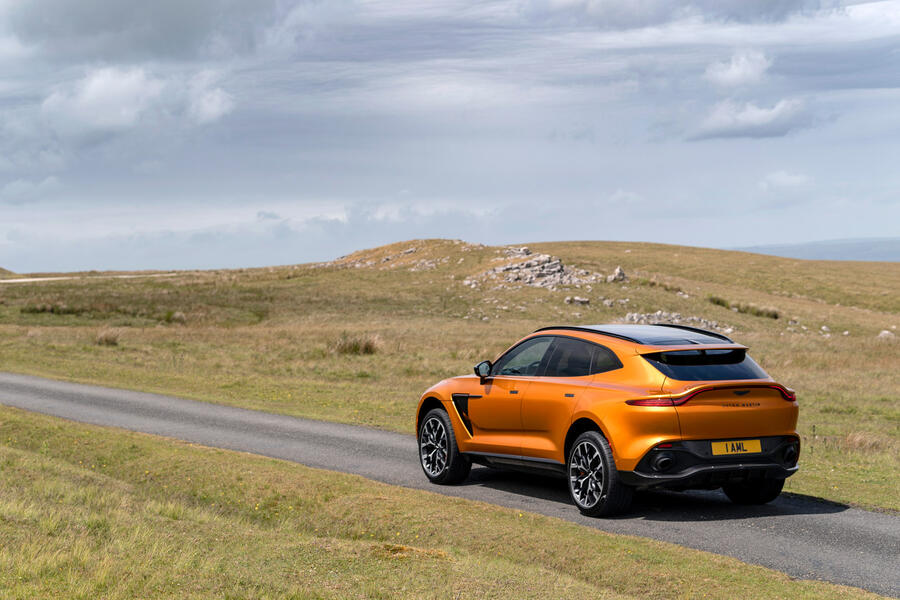
As the son of Lotus dynamics guru Roger Becker, Matt grew up around prototype cars. “Every time Dad would pick me up, he’d be in a different development Lotus: Europas, Elites, Excels, Esprits, everything,” he says. “I wasn’t forced to take this direction but it was like a chip being inserted into my brain from an early age. I remember how Dad would drive. I’d ask why he was wiggling the car around and he said he was trying to feel the steering response, axle phasing, roll behaviour, whether the steering gave him all the information he needed. At 12 or 13, I didn’t have a clue what he was talking about, but that started the obsession and realisation that I wanted to go into vehicle dynamics.”
Becker began his apprenticeship at 16, starting on the same day as Gavan Kershaw, now Lotus’s director of attributes and product integrity, and James Key, now McLaren’s F1 technical director.
At first, Becker wasn’t allowed to get too close to vehicle dynamics – engineers were meant to be 23 before they could get a permit for test driving – but he spent some time being tutored by Alistair McQueen, Lotus’s famed development driver, who realised the younger Becker had natural talent (even though he’d already binned his dad’s company Vauxhall Carlton on the way to a night out after giving it “the biggest clutch kick of my life” in an effort to get it sideways rather too effectively). “I ended up specialising as an engine technician,” says Becker. It took until he was 21, “when a job came up as a junior development engineer on the Elise”, that his job began to involve driving.

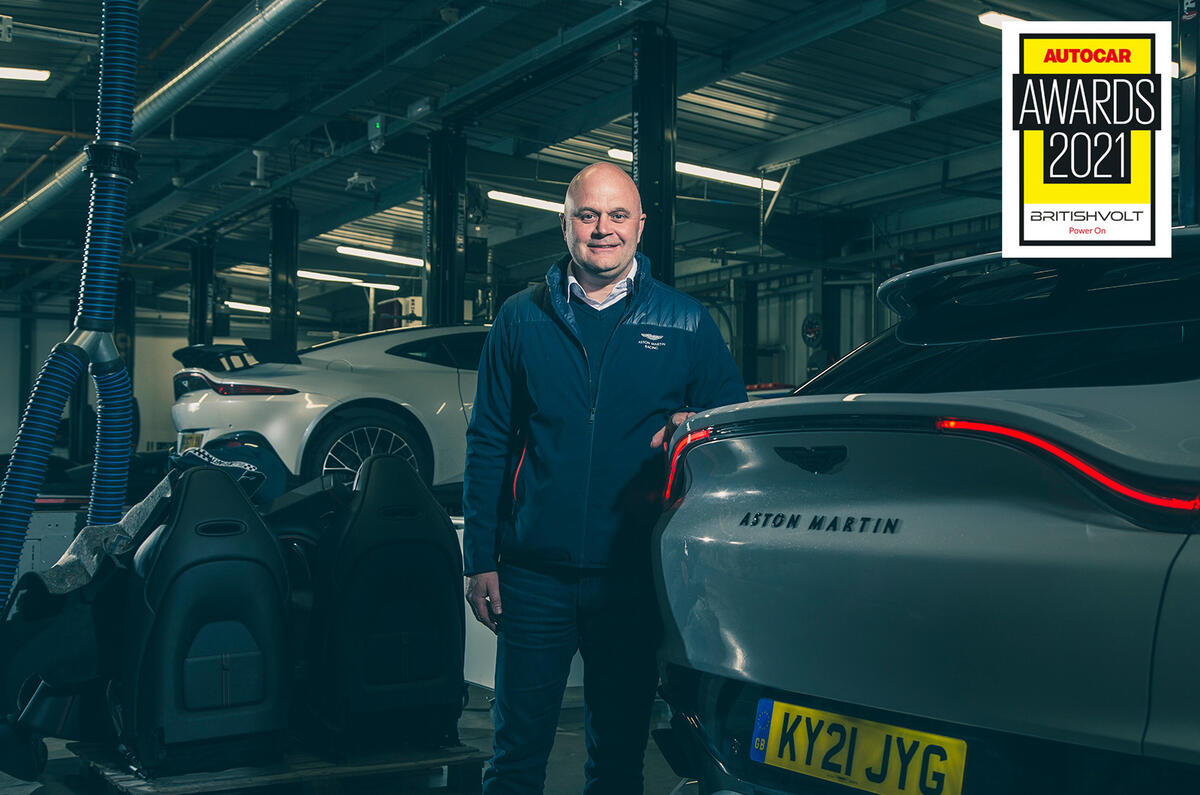

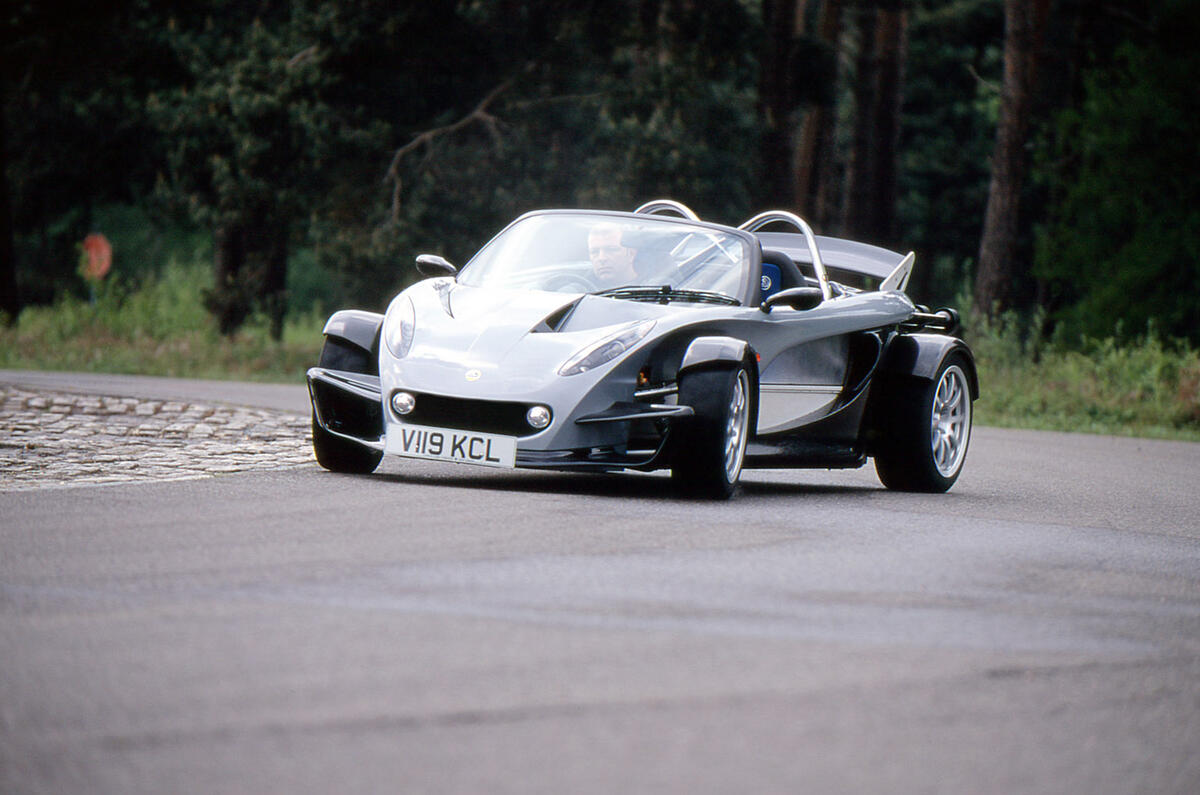
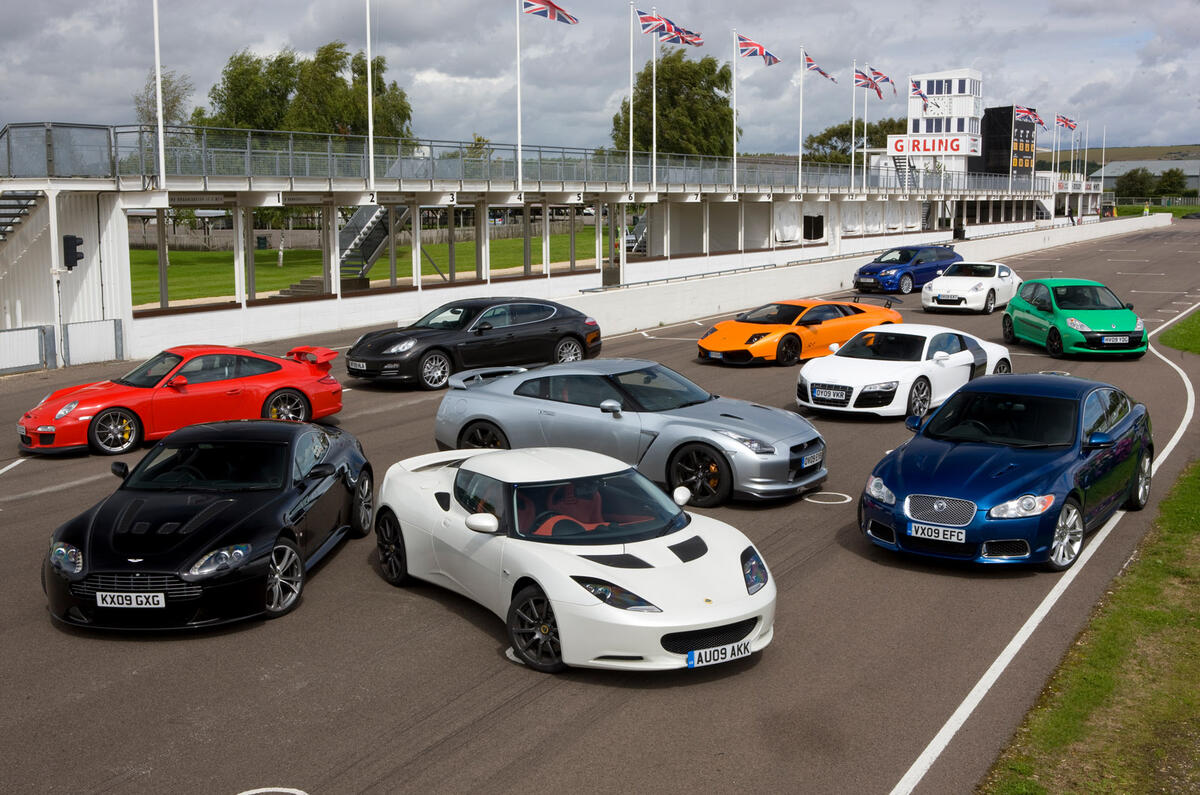


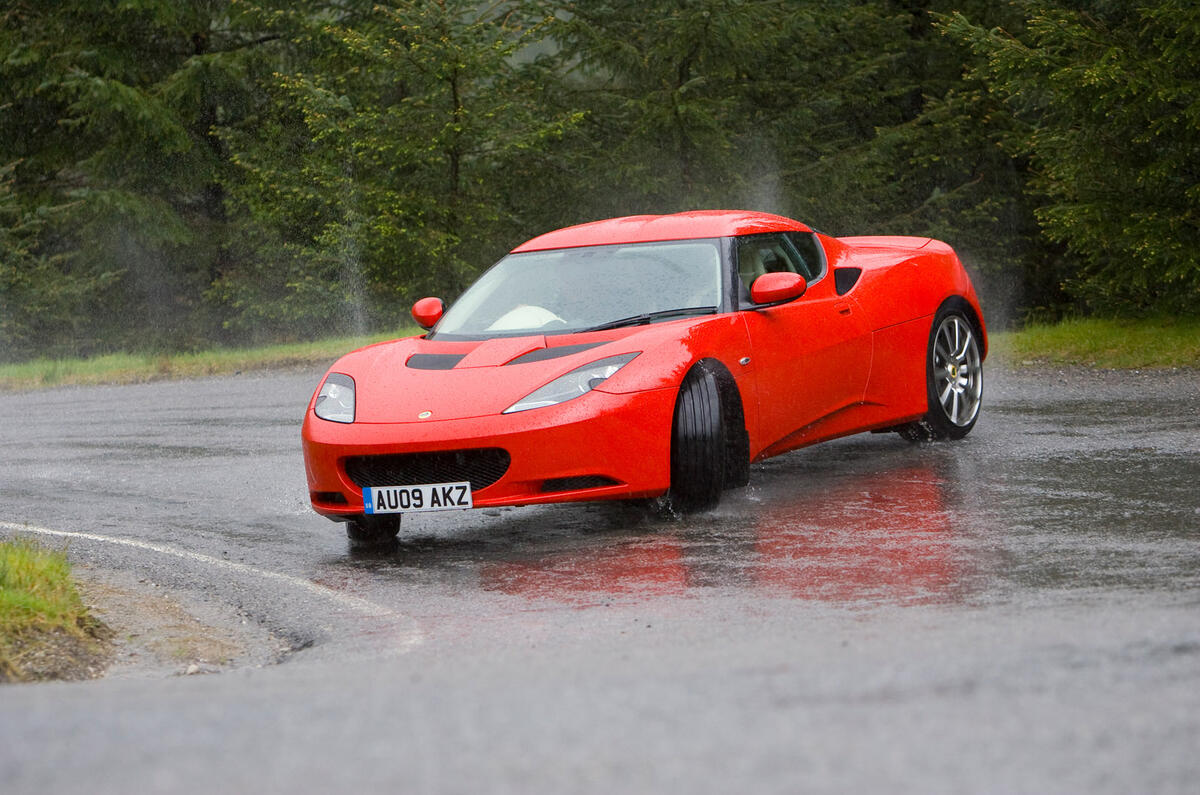
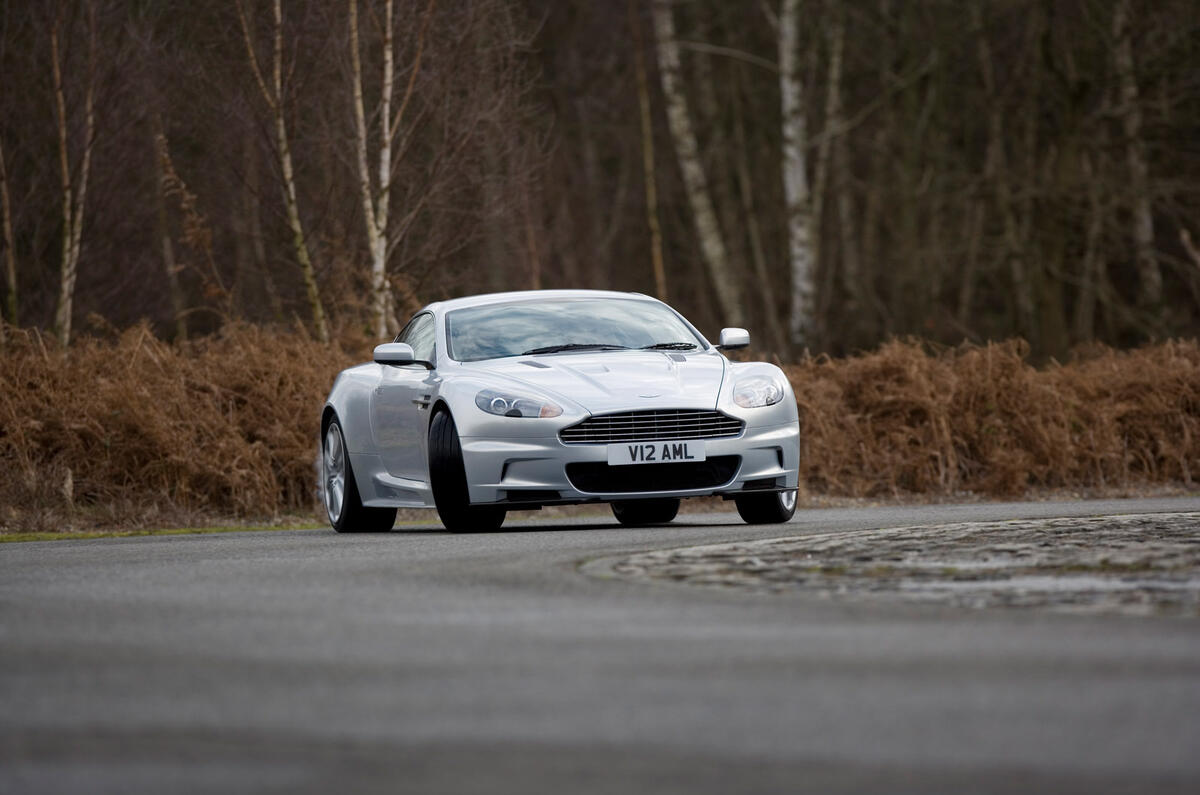






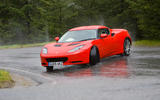



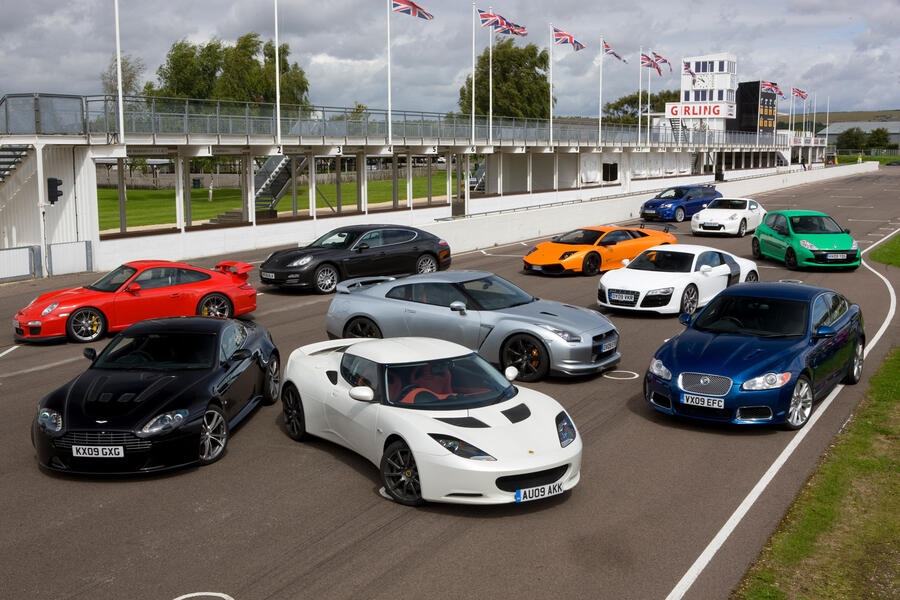




Join the debate
Add your comment
The engineering is excellent, there is no question there.
But the design? Put it this way, ask Aston what the sales are like now they've gone through their pre-orders. Might be a bit worrying...